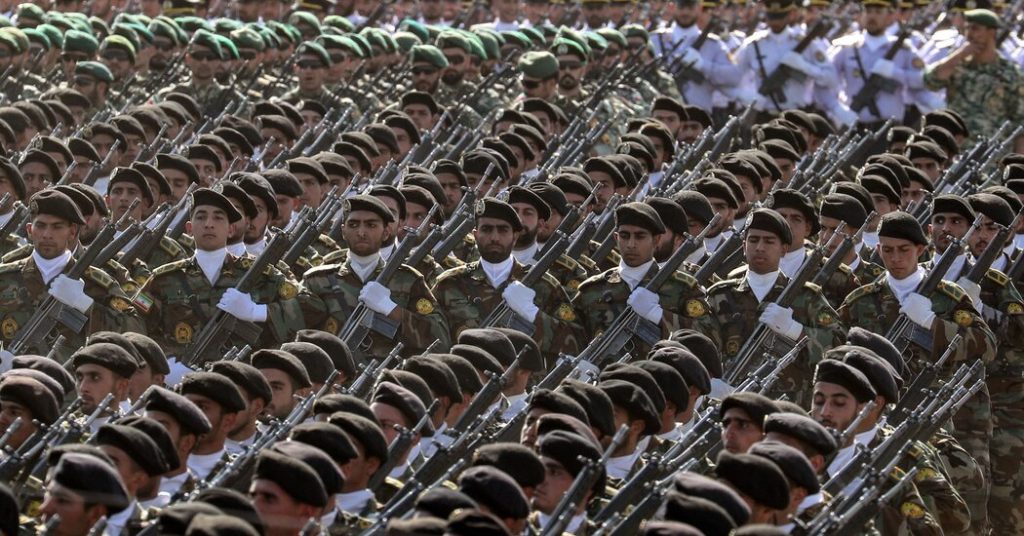Iran’s military capabilities have come into focus after a direct military confrontation with Israel. Israel recently attacked a building in Iran’s diplomatic compound in Damascus, killing seven senior commanders and military personnel. In retaliation, Iran launched a broad aerial attack on Israel involving drones and missiles aimed at various targets. The escalation has raised concerns about the potential for a wider regional war involving the United States, although Washington has distanced itself from the conflict. Analysts point out that Iran’s adversaries have avoided direct military strikes due to the seriousness of engaging with Iran’s complex military apparatus.
The Iranian armed forces are among the largest in the Middle East, with over 580,000 active-duty personnel and around 200,000 trained reserve personnel. Divided between the traditional army and the Islamic Revolutionary Guards Corps, Iran’s military is well-organized and well-equipped. The General Staff of the Armed Forces coordinates the branches and sets the overall strategy. The Guards operate the Quds Force, supporting proxy militias across the Middle East known as the “axis of resistance”. These militias include groups like Hezbollah, Houthis, and Hamas, and could come to Iran’s aid if needed.
Over the years, Iran has focused on developing precision and long-range missiles, drones, and air defenses to strengthen its deterrence capabilities. Iran has one of the largest arsenals of ballistic missiles and drones in the Middle East, as well as cruise missiles and anti-ship missiles. The country has the capacity to hit targets across the region, including Israel, with its missile technology. Iran’s military bases and storage facilities are dispersed, underground, and fortified, making them difficult targets for airstrikes.
Due to international sanctions, Iran has been cut off from high-tech military equipment manufactured abroad, leading to the development of a domestic weapons industry. Iran’s military industry has made significant advancements in producing their own weapons and systems, reducing reliance on foreign powers. While Iran’s military is viewed as strong within the region, it falls behind the power and sophistication of the armed forces of countries like the United States, Israel, and European nations. One of Iran’s weaknesses is its aging air force and lack of modern aircraft.
The recent assassinations of senior military officials in Iran may have a short-term impact on the country’s regional operations, as experienced commanders were eliminated. However, the chain of command within Iran’s armed forces remains intact. The covert shadow war between Israel and Iran has been ongoing for years, with each side targeting military and nuclear facilities and personnel. Despite these attacks, Iran’s military capabilities and regional influence remain significant, thanks to its support of proxy militias and focus on missile technology. The situation between Iran and Israel highlights the ongoing tensions in the Middle East and the potential for further escalation.


